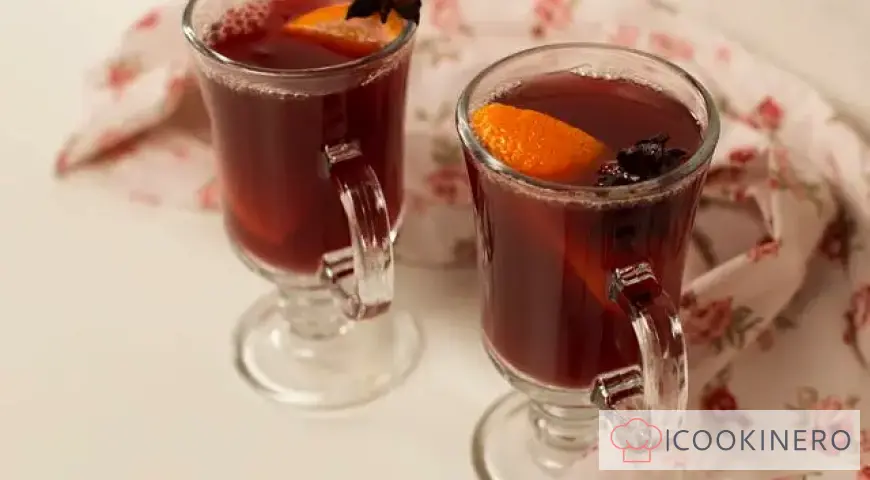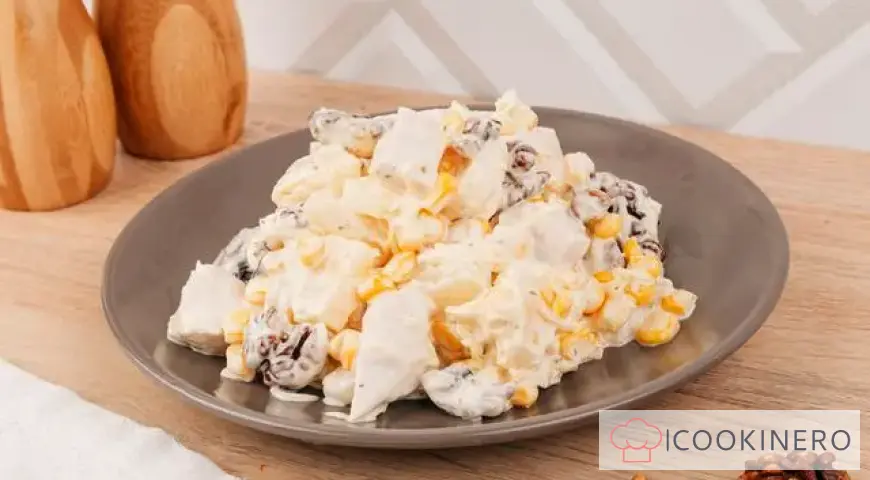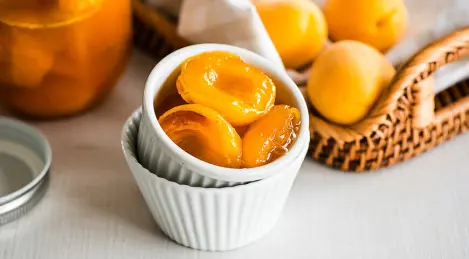Red pepper for the winter in jars
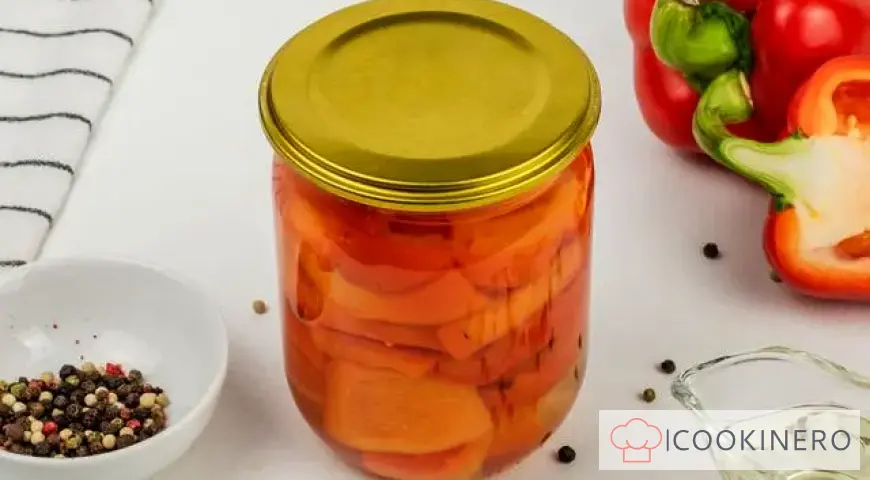
At the end of summer, the harvest season begins. And those who have had a rich harvest of bell, sweet capsicum or hot peppers have to think about what to do with them. If you like simple and ascetic preparations for the winter and do not want to prepare complex and overloaded salads, then simply marinate the peppers and preserve them in jars. The preparation is done quite simply: the peppers are peeled, boiled a little, laid out in jars, filled with marinade and preserved.
How to cook Red pepper for the winter in jars
Step 1
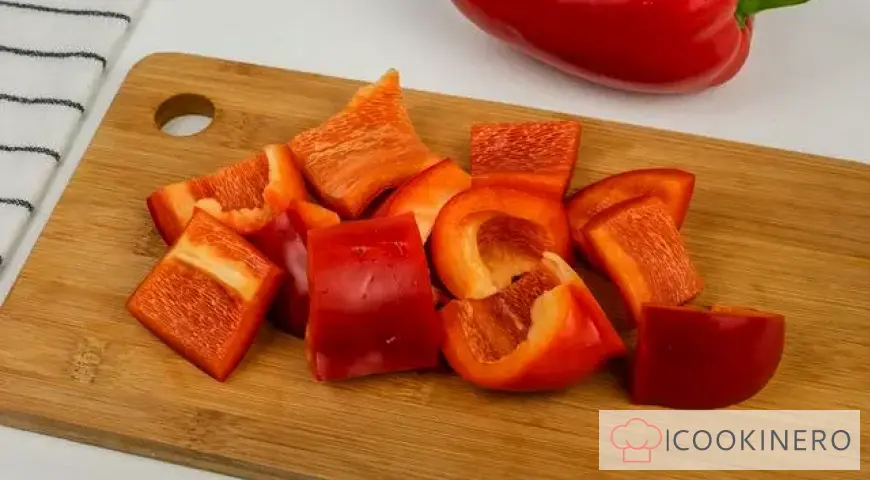
Cut the bell peppers into large segments.
Step 2
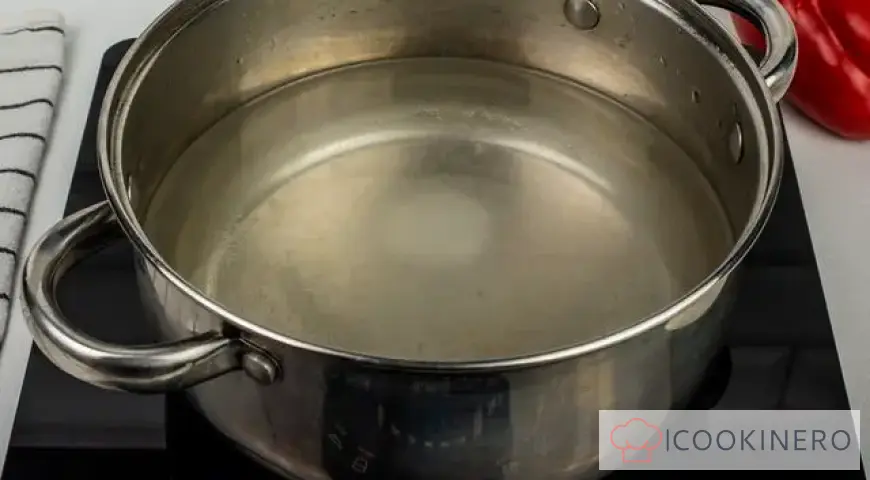
Prepare the marinade. To do this, mix water, vinegar, vegetable oil, sugar and salt in a saucepan. Stir the marinade and put it on the fire.
Step 3
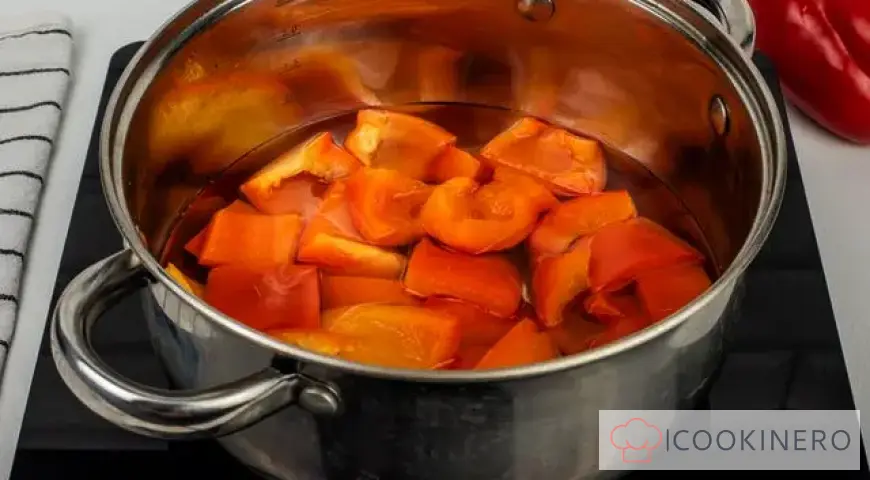
Bring the marinade to a boil and add the chopped bell peppers. When the water boils again, reduce the heat and cook the peppers for 5 minutes. The bell peppers will be crispy, but if you want them to be fully cooked and soft, cook them longer.
Step 4
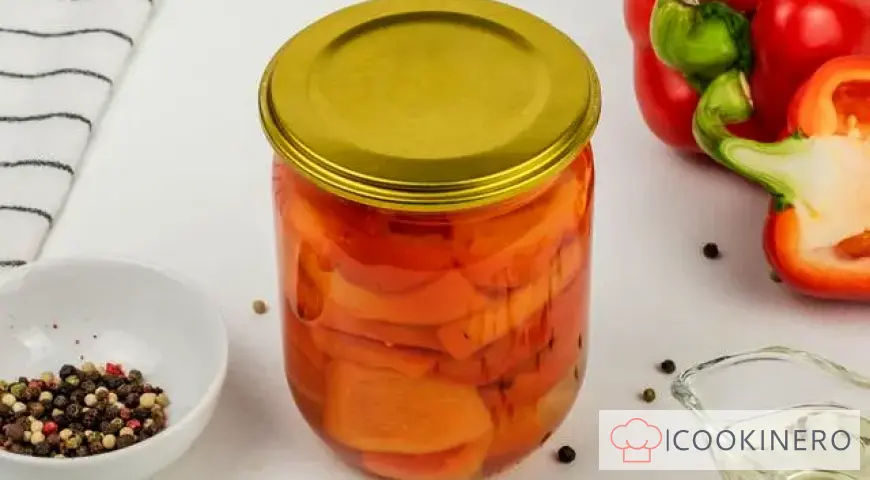
Place the finished bell peppers in sterilized jars. Try to place them tightly. Bring the marinade to a boil again and fill the jars to the brim. Cover the jars with sterilized lids and screw them on. Turn the jars upside down and cover with a blanket or towels. Leave the screws to cool completely for about a day, then put them in a pantry or cellar.
Step 5
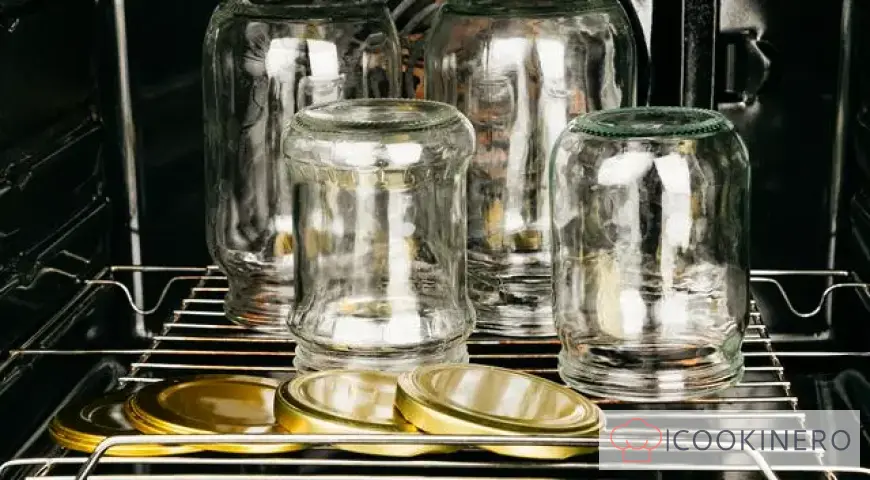
You can sterilize jars in different ways. For example, in the oven. Wash the jars and put them in the oven for 20 minutes at 100-110°C. After sterilization, turn off the oven and let the jars cool down a little. Take them out with a dry towel. If you take the jars out with a damp towel, they may burst from the temperature difference. It is better to sterilize only screw-on lids without rubber bands in the oven. Rubber bands may crack or melt in the oven.
Red pepper for the winter in jars - FAQ About Ingredients, Baking Time and Storage
Reviews: 0
0 Overall ratingHave you already prepared this recipe? Tell what you think.
Write a review
Trending
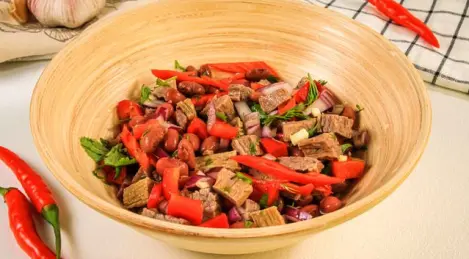
Salad "Tbilisi"
Tbilisi salad is a popular Georgian salad with beef, red beans, sweet peppers, cilantro and walnuts. It is distinguished by its fresh spicy taste, because chili peppers, garlic and khmeli-suneli spices are added to it. The salad is traditionally dres
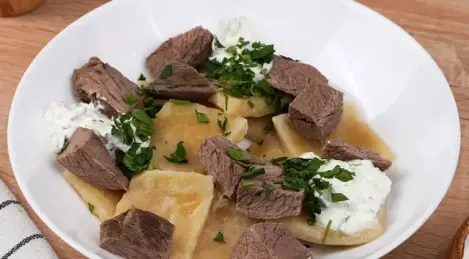
Khinkal in Dagestan style
Khinkal is a traditional Caucasian dish. It is often confused with such a famous Georgian dish as khinkali. And, although the set of products in both dishes is quite similar, they are nevertheless different. Traditionally, khinkal is prepared on the

Azu in Tatar style
Azu is a Tatar dish that gained popularity in Soviet times. Traditionally, azu is made from lamb or beef, with onions, potatoes and pickles added. Everything is cut into strips and stewed in tomato sauce.

Apple marshmallow
Apple marshmallows can be considered a healthy homemade treat. The low-calorie dessert is made by making marshmallows from applesauce. In order for homemade apple marshmallows to hold their shape well, they need to be made with gelatin. According to
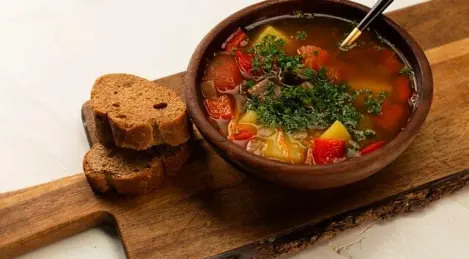
Beef shurpa
Shulum, chorpa, shorpo, sorpa... In different countries, shurpa is called by different names, but it looks about the same everywhere: a rich soup with meat and vegetables. Various herbs and spices can be added to it, or it can be made on the basis of
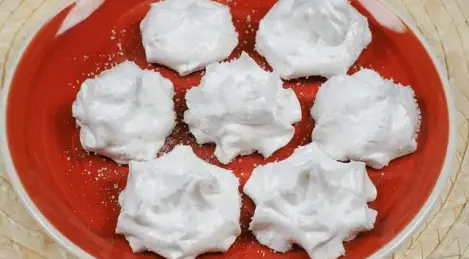
Diet marshmallow
Diet marshmallow is a treat for those who watch their figure. Light and airy dessert from France. Unlike the classic dessert, PP marshmallow is prepared on the basis of a sugar substitute. According to the recipe, PP marshmallow at home is prepared f


